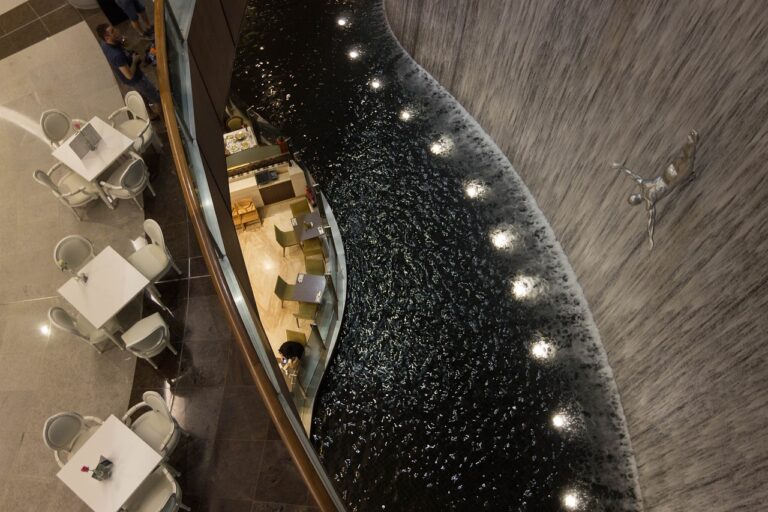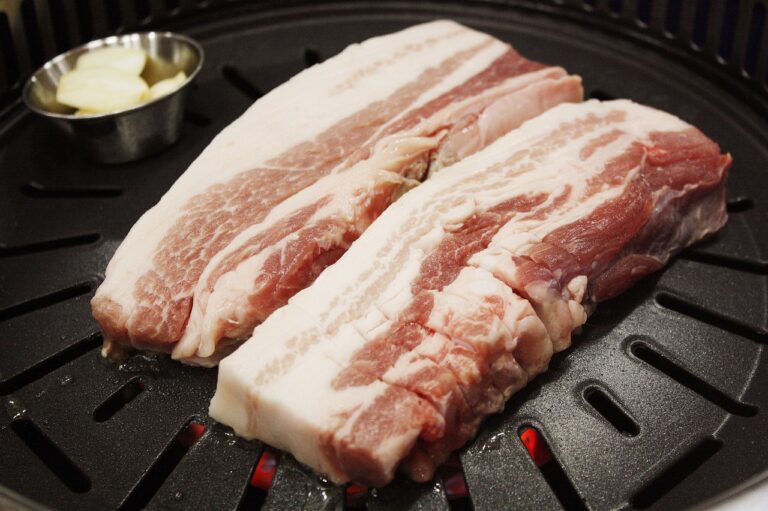The Future of Fashion: Trends and Innovations Reshaping the Industry
Consumer behavior has undergone significant changes in recent years, largely due to the influence of technology. The ease of online shopping has transformed the way people make purchases, with more consumers opting for the convenience of shopping from the comfort of their homes. This shift towards e-commerce has not only altered the retail landscape but has also impacted traditional brick-and-mortar stores, prompting many to enhance their online presence to stay competitive.
Moreover, social media has revolutionized how consumers discover products and make purchasing decisions. With the rise of influencers and online reviews, individuals now heavily rely on social platforms to gather information and recommendations before making a buying choice. This trend highlights the power of digital word-of-mouth in shaping consumer preferences and influencing purchasing behaviors. The evolution of consumer behavior in this digital age requires businesses to adapt their marketing strategies and engage with consumers on various online platforms to stay relevant and competitive in the market.
Impact of Technology on Design and Production
Technology has fundamentally transformed the way designers approach their craft, making it easier to experiment with new concepts and materials. The use of advanced software tools allows for more precise and intricate designs, pushing the boundaries of what was once thought possible in the world of production. With the help of technologies like 3D printing and virtual reality, designers can now create prototypes and visualize their visions in ways that were previously unimaginable.
In addition to design, technology has also revolutionized the production process, leading to increased efficiency and reduced costs. Automation and robotics have streamlined manufacturing processes, resulting in higher precision and faster turnaround times. This has allowed companies to meet consumer demand more quickly and effectively, while also maintaining a high level of quality control throughout the production line.
How has technology impacted the design process?
Technology has revolutionized the design process by providing designers with advanced tools and software for creating intricate designs, reducing the time and effort required to bring ideas to life.
What are some major shifts in consumer behavior due to technological advancements?
Consumers now expect personalized and customizable products, quick delivery times, and seamless online shopping experiences thanks to technology.
How has technology improved production efficiency?
Technology has streamlined production processes, increased automation, reduced errors, and improved overall efficiency in manufacturing and production.
What role does technology play in sustainability and eco-friendly design?
Technology enables designers and manufacturers to develop eco-friendly materials, reduce waste, and optimize energy usage, leading to more sustainable design and production practices.





